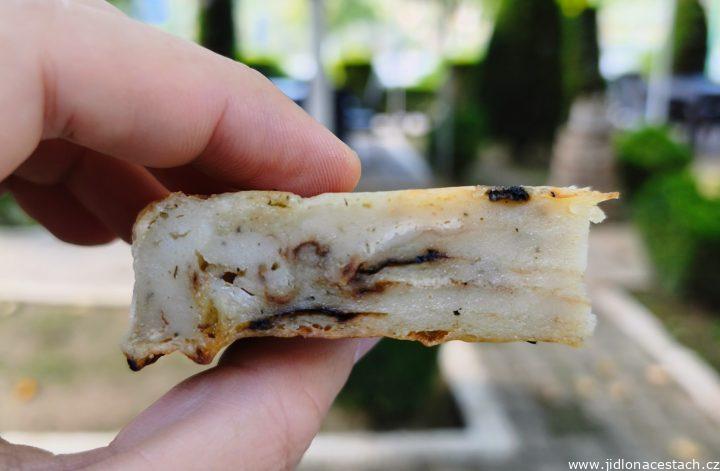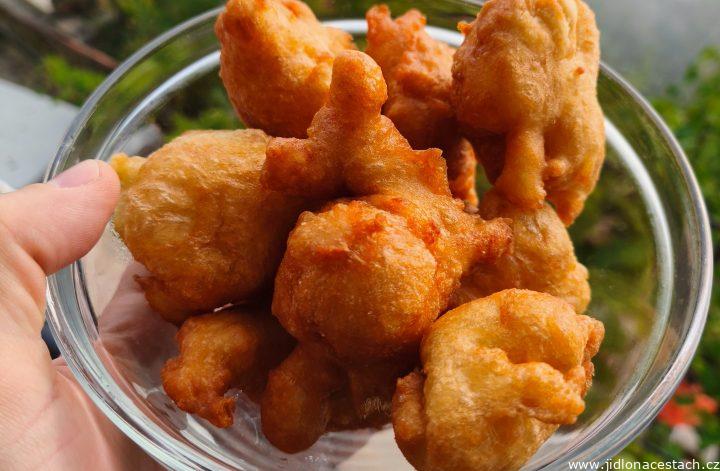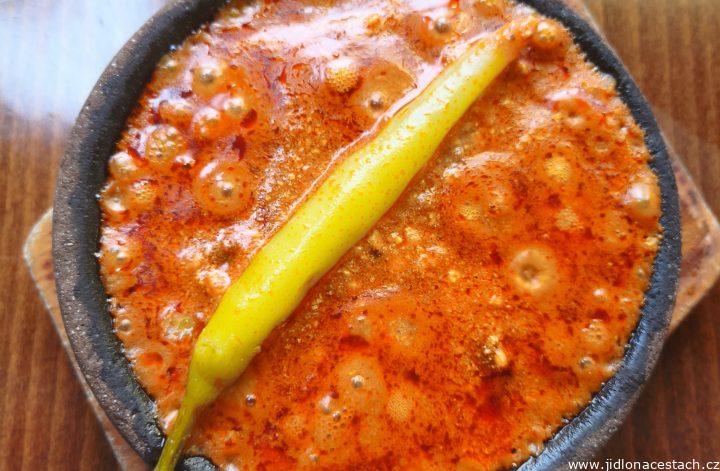Bukë misri is a traditional Albanian corn bread. Corn began to be cultivated on a larger scale in Albania in the 17th century, when it became an important crop in regions where wheat was not easily available. Bukë misri thus became an everyday staple for families who could not afford wheat flour (or in areas where wheat did not grow).
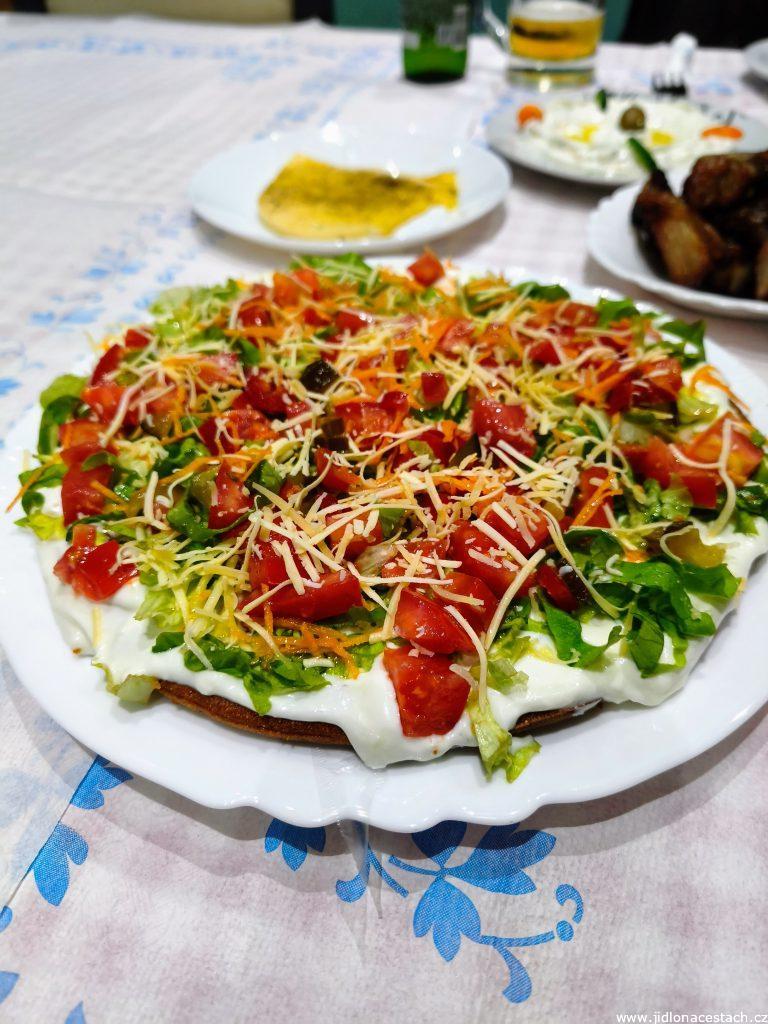
The basic ingredients are cornmeal, water, and salt. The dough is worked into a sticky consistency, shaped into a flat loaf, and traditionally baked on a stone griddle or in an oven. The finished bread is dense, with a characteristic yellow color and a mildly sweet flavor thanks to the corn.
Corn bread can also be found in several other Balkan cuisines. In North Macedonia and Serbia, it is prepared under the name “proja” or “projara.” In Greece, corn bread is baked in some regions as “bobota.” In Italy it is made as a corn porridge called polenta, and in Romania as a porridge called mămăligă.
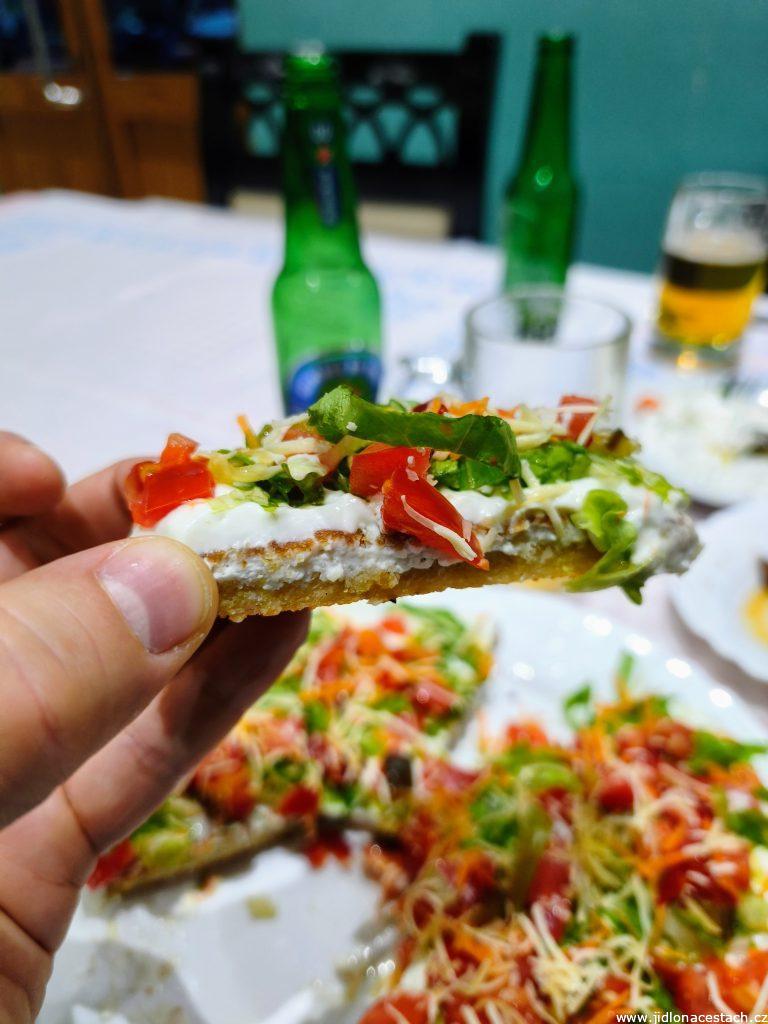
I had the opportunity to try bukë misri with vegetables and a yogurt-cheese topping as a side dish to grilled meat at Bar Restorant Fredi near Lezhe (see Where to Eat in Albania). I must admit it didn’t quite win my heart; the cheese topping had a very intense flavor and, combined with the sweeter corn bread, it simply didn’t suit my taste. One large portion cost 250 ALL (60 CZK, 2.40 EUR).
Bon appétit!
